My hometown of Nanjing is more than 300 miles away from Wuhan but my family there, like Chinese families everywhere, have been gripped by the coronavirus story. We use WeChat (a Chinese version of WhatsApp) to share medical tips, the latest intel and even a spattering of dry jokes.
A snippet of information from an official bulletin — passed on by my aunt — jumped out at me. The disease had made its way to Nanjing, with three patients reported. And the authorities knew rather a lot about their location. The government message read: ‘Patient Two: January 18th at 16:15 to 17:54 shopped at Hanzhongmen Avenue Oushang Supermarket (Hanzhongmen Avenue No 151); January 20th at 10:00 took the Number 48 bus at Chating East Street Bus Stop, and disembarked at the terminal station.’ The warning to citizens of the city is that all three patients are infectious. If you were at these places at these times, it would be best to get yourself checked out. If in doubt, quarantine yourself.
In China’s digitally-connected society, there is public wifi everywhere, from supermarkets to buses. The Nanjing government most likely used this system to track the patients in question and any gaps in the itinerary suggest wifi blackout zones.
TfL also tracks its passengers on the Underground, but it’s hard to imagine Sadiq Khan releasing data on individual passengers, even in the face of a killer virus. At least, not without a fight on his hands from privacy–conscious Londoners. My aunt had no such concerns. ‘Have you been to these places?’ she urgently asked the family group.
The past week has given us insight into how modern authoritarian China works. First, it was announced that a specialist hospital would be built in Wuhan within six days and videos show that construction has begun. A plan for another hospital quickly followed, this one to be built within 15 days (and the deadline for the first inconspicuously revised to ten: even a one-party state can experience infrastructure delays).
At the same time, Wuhan — with a population larger than London’s — has been in lockdown. The army has been sent in to keep the peace and guard the exits. It’s hard to imagine the British military closing down the M25 within a space of eight hours.
More than a dozen other cities are subject to travel restrictions: 56 million people are affected, which is almost the population of the UK. But instead of outrage, the general response has been public-spirited obedience (helped, of course, by the fear of catching the virus). Some people have made light of the situation on TikTok, posting videos of themselves doing dance routines in face masks. But more than 30,000 people are now under observation in hospitals across the country, with military doctors dispatched to Wuhan.
This is disease control, Chinese-style. There are no concerns about planning permission for those hospitals, or freedom of movement for citizens. Doctors and nurses are working overtime — and so are the country’s censors. Everyone shares information with each other, but they also know the limits. Complaints about the government’s handling of the situation are swiftly deleted. One comment that was censored referred to President Xi: ‘Where is he? Why is he not on the front line?’ In the early days of the outbreak, a number of people were arrested for ‘spreading rumours’ about the infection, only for the authorities to then confirm the same information hours later.
One journalist for the state-controlled Hubei Daily forgot himself and called for the resignation of the Wuhan mayor on Weibo. His comment was removed and his newspaper promptly apologised. The logic for censorship at times like these is, as always, that it prevents mass panic. But with suppliers barely keeping up with demand for medical face masks, censorship isn’t preventing hysteria.
The mayor of Wuhan has in fact offered his resignation but still remains in the role. He has not exactly covered himself in glory. Even as two people died from the virus, he went ahead with a city-wide ‘potluck meal’ to celebrate Chinese New Year, with 40,000 families gathering together to share home-cooked meals. How bad was the virus by then? Even now, we don’t know.
There are also reports that, of the first 41 confirmed cases, 13 had no connection to the seafood market where the disease supposedly began. This led the Lancet journal to speculate that it may have been germinating in the city for weeks before. In a system where admitting failure is a pretty bad career move, might earlier cases of the disease have been hushed up by the local government?
The Beijing government is being more candid than normal, anxious to avoid a repeat of what happened at the time of the 2003 Sars virus. The cover-up then was so extensive that one Beijing hospital even hid its infected patients in an ambulance to avoid inspectors from the World Health Organisation. But a clear edict has come from President Xi to local authorities about this latest outbreak: any officials caught in a cover-up would be ‘nailed on the pillar of shame for eternity’.
So the coronavirus is, in many ways, a test of the Chinese system of government. On the upside, a one-party state can move faster to contain a disease than a democracy. But the system is built to inhibit — or shut down — bad news, which has obvious implications. My relatives remain pretty worried but they’re doing all they can to stay safe, which, for now, means staying put.
Got something to add? Join the discussion and comment below.
Get 10 issues for just $10
Subscribe to The Spectator Australia today for the next 10 magazine issues, plus full online access, for just $10.
You might disagree with half of it, but you’ll enjoy reading all of it. Try your first month for free, then just $2 a week for the remainder of your first year.


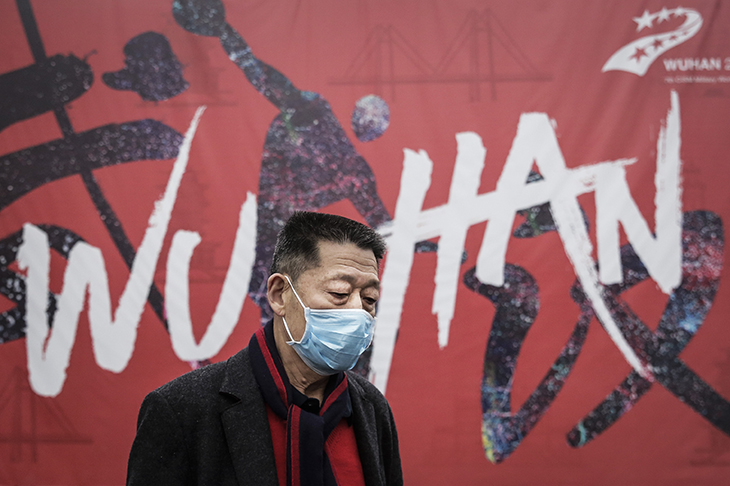
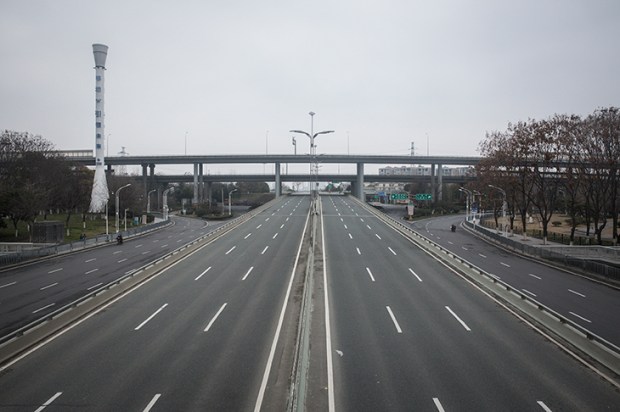

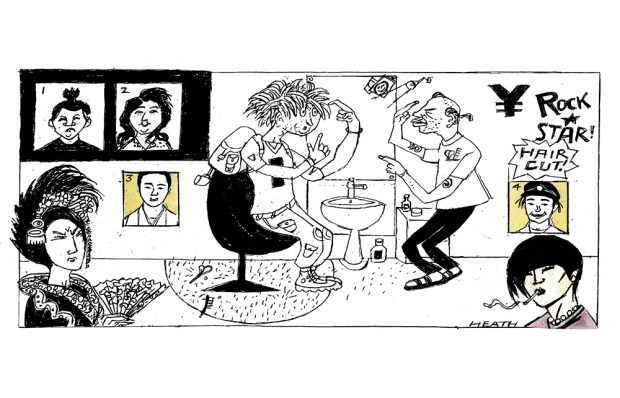
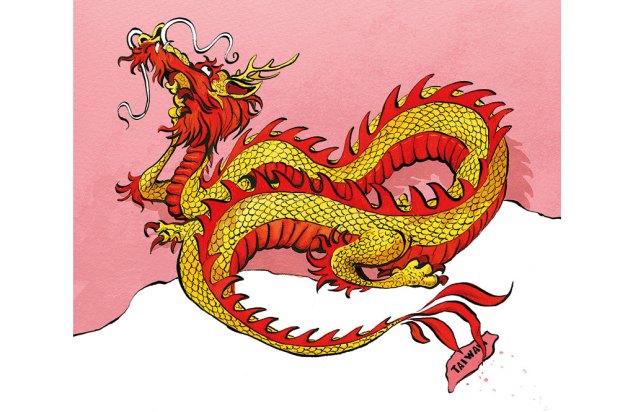
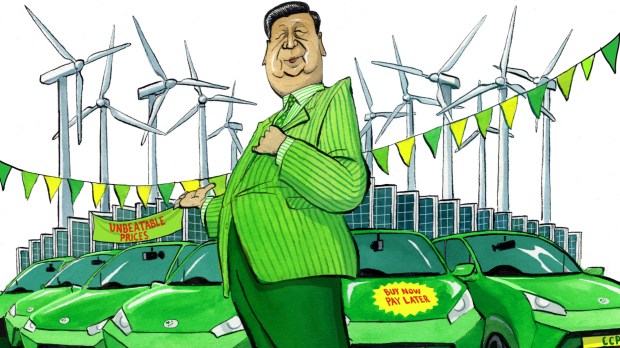
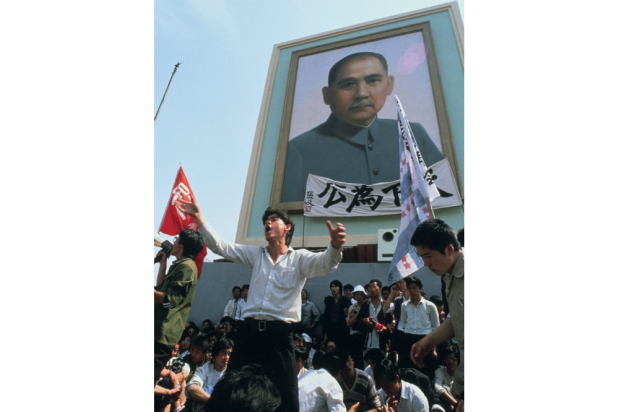






Comments
Don't miss out
Join the conversation with other Spectator Australia readers. Subscribe to leave a comment.
SUBSCRIBEAlready a subscriber? Log in